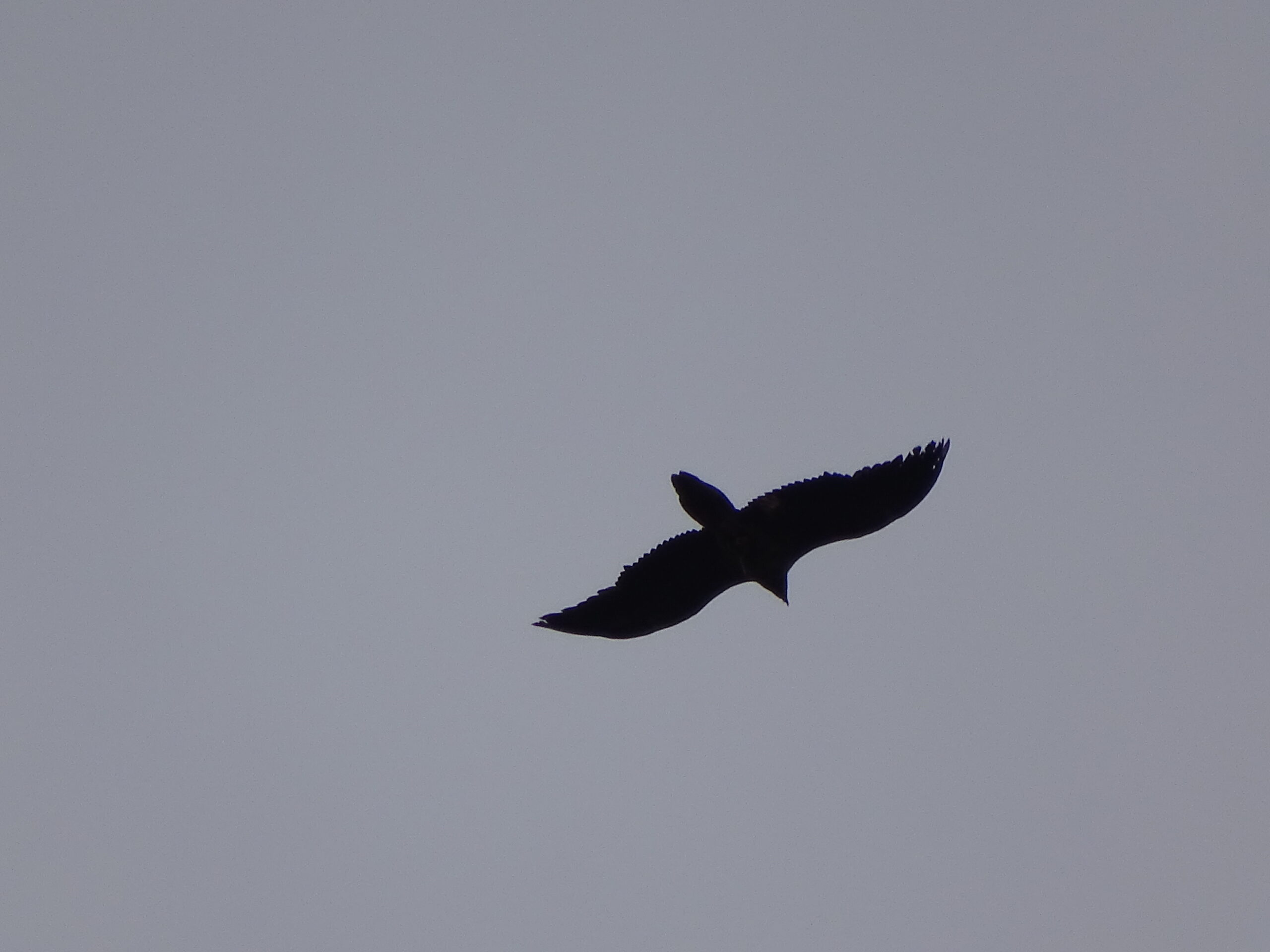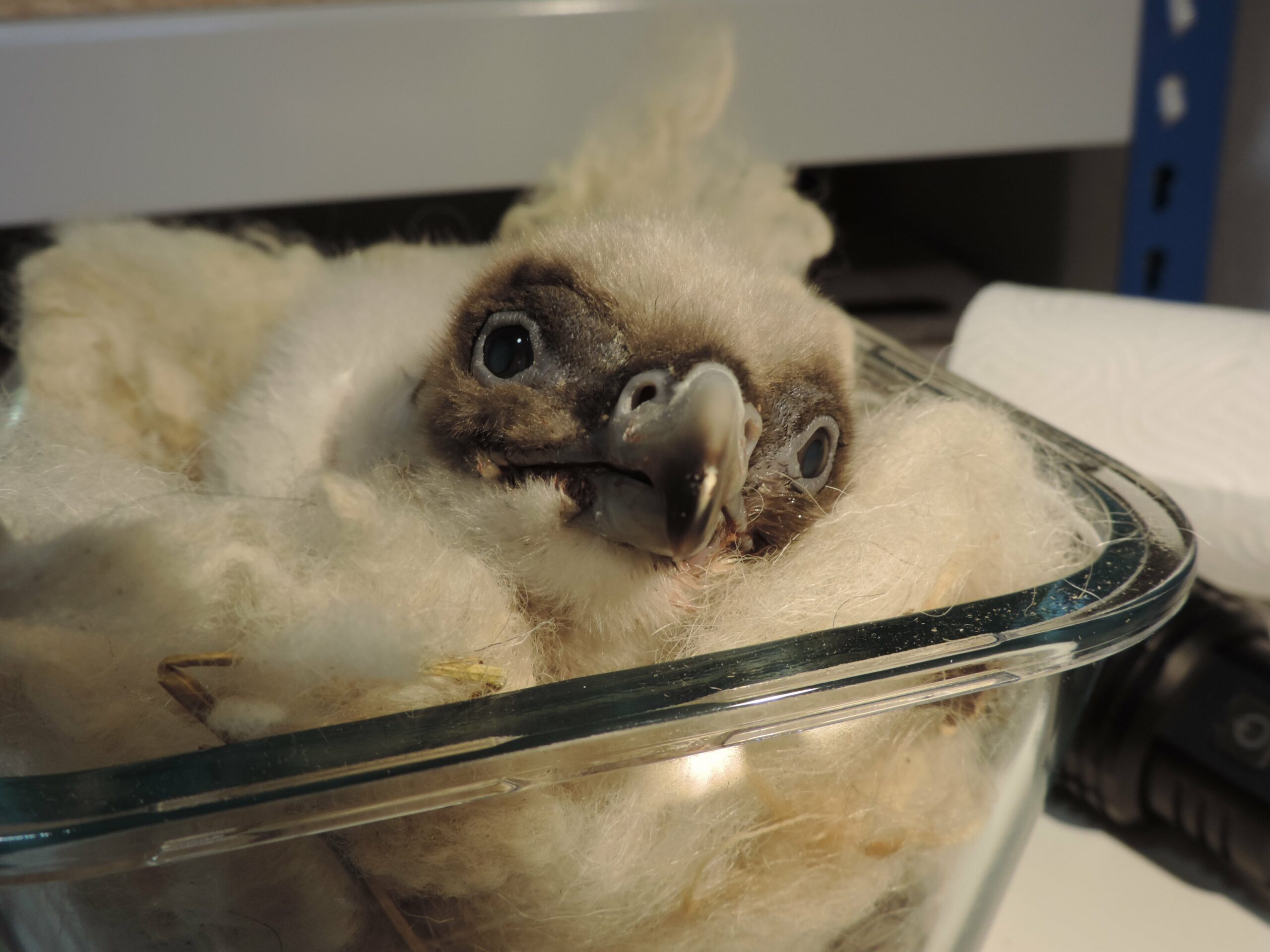Last year was a momentous one for the bearded vulture reintroduction project in Andalucia, managed by the Junta de Andalucia and the Fundacion Gypaetus, in collaboration with the VCF – after extinction in the 80s, Esperanza – the first bearded vulture born in the wild in Andalucía this century – fledged successfully from a nest in Sierra de Cazorla. The event was extraordinary also because its mother – Blimunda, was only 5 years old (it had been released in 2010), a very early age for successful breeding.
Now there are more good news – Hortelano, a 5 year old male – released in 2010, the same year as Blimunda, and Marchena – a 3 year old female, released in 2012 – have paired up last year, and this year are busy building a nest, and even copulating. While it is too early for them to breed or even lay an egg, they are doing all the right things so that in one of the next years they will do so. You can see in the video that Hortelano already has a white head typical of the adult, while Marchena still has quite a lot of black.
The bearded vulture was widespread in the mountains of southern Spain until the 40s, but intense human persecution and widespread poisoning cause it to disappear from southern Iberia. The last confirmed breeding took place in Cazorla in 1983, and in 1986 the last adult also disappeared. In the end of the 80s a number of conservationists, led by the regional government, started to establish the first contacts (with the then precursor of the VCF), to try to start a reintroduction project – the photos below are from the first ever visit to Austria, where the first ideas and strategy were developed.
Releases in Andalusia started in 2006, after the Junta, and Fundacion Gypaetus, established locally to manage the project, initiated an ambitious conservation programme, mainly focussed on minimizing the endemic tradition of poisoning the sierras to control predators.
So far a total of 37 birds have been released there, including 6 in 2015. At least 18 of these are still alive.
(Video courtesy of Francisco Javier Montoro)



